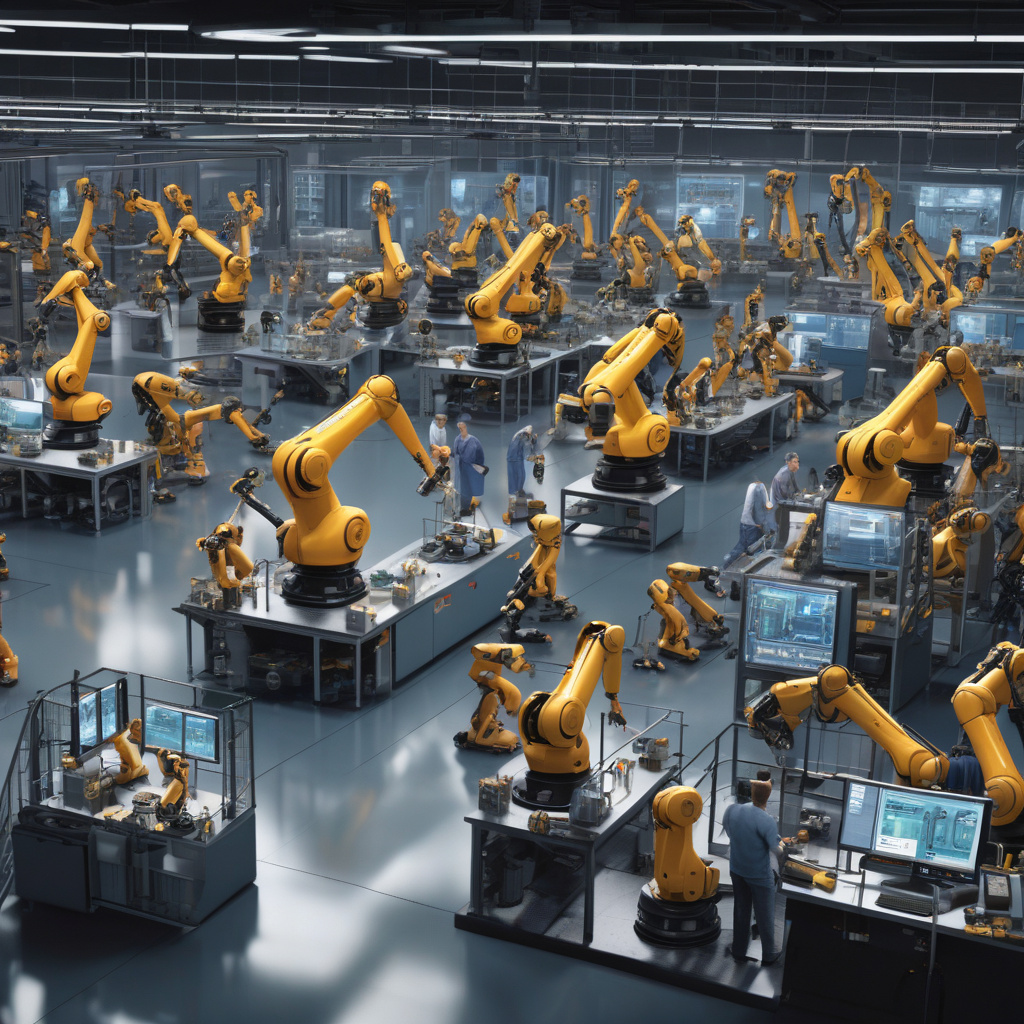AI Spending in Manufacturing Set to Skyrocket by 106%: What This Means for the Industry
Lenovo’s recent unveiling of research at Hannover Messe 2025 has shed light on a remarkable trend in the EMEA manufacturing sector: a projected 106% surge in AI investment. This revelation signifies a significant shift in how companies are embracing cutting-edge technologies to enhance their operations and stay competitive in a rapidly evolving market.
The decision to increase AI spending by such a substantial margin underscores the growing recognition among manufacturers of the transformative power that artificial intelligence holds. By leveraging AI capabilities, companies can streamline production processes, optimize supply chain management, improve product quality, and drive innovation across the board. This strategic investment paves the way for enhanced efficiency, productivity, and ultimately, profitability.
In practical terms, the uptick in AI spending translates to tangible benefits for manufacturing organizations. For instance, predictive maintenance powered by AI algorithms can help preempt equipment failures, reducing downtime and maintenance costs. AI-driven quality control systems can detect defects with unparalleled accuracy, ensuring that only top-notch products reach the market. Additionally, AI-enabled demand forecasting tools can fine-tune inventory management, minimizing waste and maximizing customer satisfaction.
Moreover, the ripple effects of increased AI adoption extend beyond individual companies to the industry as a whole. As more manufacturers integrate AI technologies into their operations, a new standard of efficiency and effectiveness emerges, setting a benchmark for others to follow. This collective push towards AI-driven processes fosters a culture of innovation and propels the entire manufacturing sector towards a more competitive and sustainable future.
However, amidst the excitement surrounding this surge in AI spending, it’s crucial for manufacturers to approach this transformation thoughtfully and strategically. Simply pouring resources into AI initiatives without a clear roadmap or alignment with business objectives may yield suboptimal results. It’s essential for companies to conduct a thorough assessment of their specific needs, identify areas where AI can deliver the most value, and craft a comprehensive implementation plan to ensure a smooth and successful integration.
Furthermore, investing in AI is not just about acquiring cutting-edge technologies—it also requires nurturing a workforce that is equipped to leverage these tools effectively. Training employees to work alongside AI systems, interpret insights generated by algorithms, and make data-driven decisions is essential for maximizing the return on investment in AI. By empowering their teams with the skills and knowledge needed to harness the full potential of AI, manufacturers can truly unlock the transformative power of this technology.
In conclusion, the projected 106% increase in AI spending in the manufacturing sector signals an exciting new chapter in the industry’s evolution. By embracing AI technologies, companies have the opportunity to revolutionize their operations, drive unprecedented efficiency gains, and position themselves at the forefront of innovation. With careful planning, strategic implementation, and a focus on empowering their workforce, manufacturers can harness the full potential of AI to navigate the complexities of the modern marketplace and secure a competitive edge in the years to come.

